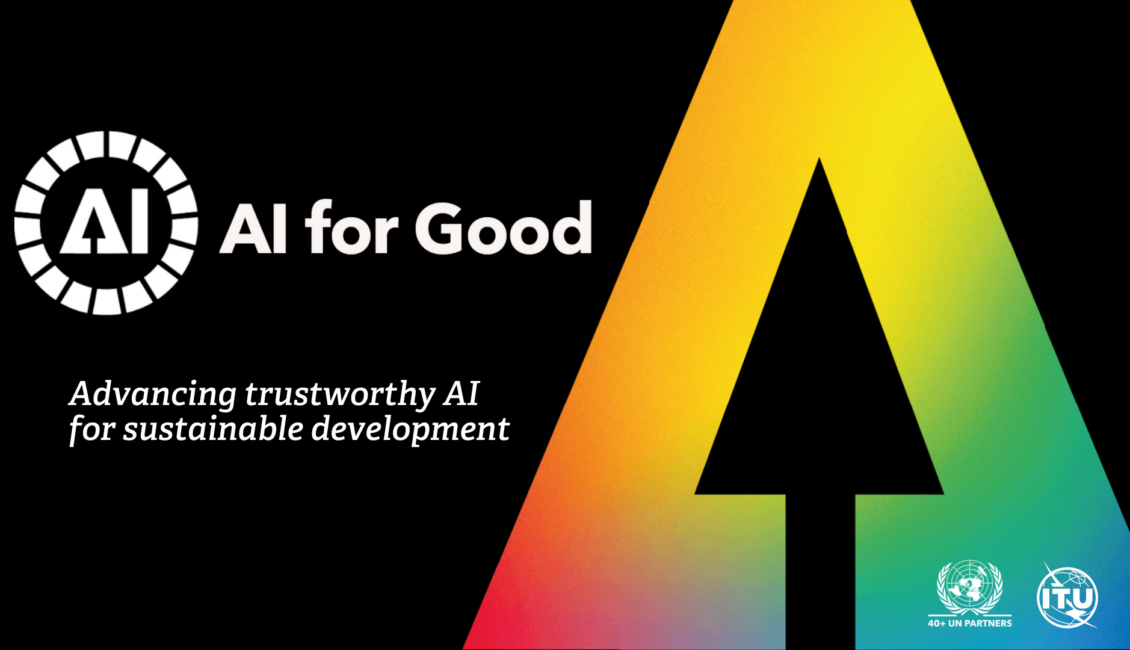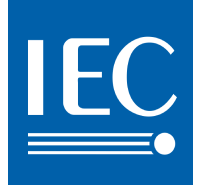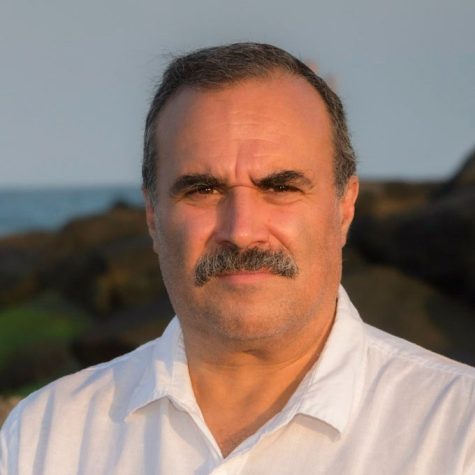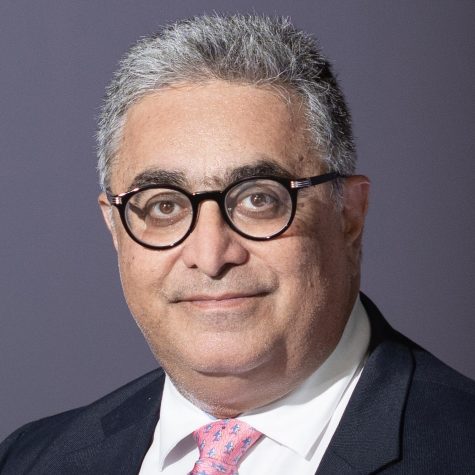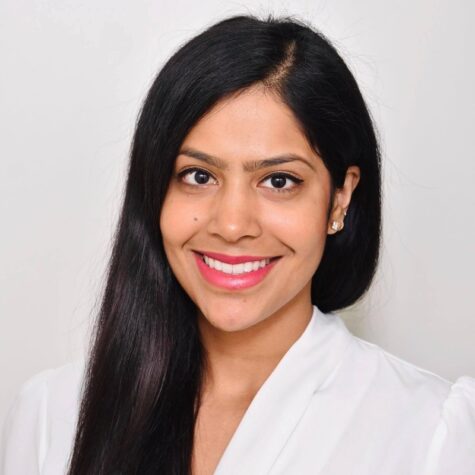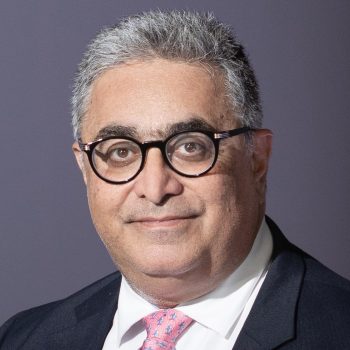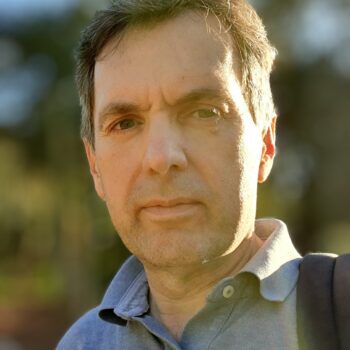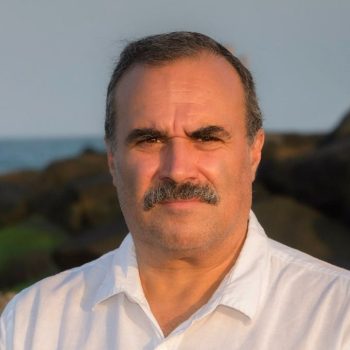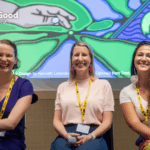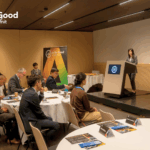Professor, Ecole Polytechnique Fédérale de Lausanne, Convenor of JPEG Group, and Vice Chair
,
AI and Multimedia Authenticity Standards Collaboration
Convenor of JPEG Group
Touradj Ebrahimi is professor of image processing at Ecole Polytechnique Fédérale de Lausanne (EPFL) and active in teaching and research in multimedia signal processing.
He is the Director of Multimedia Signal Processing Group at EPFL. Since 2014, he has been the Convenor (Chairman) of the JPEG standardization Committee which has produced a family of standards that have revolutionized the imaging world.
He represents Switzerland as the head of its delegation to JTC1 (in charge of standardizing information technology in ISO and IEC) and SC29 (the body overseeing JPEG and MPEG standardization) and is a member of ITU as the main representative of EPFL.
Prof. Ebrahimi is also involved in Ecma International as a member of its ExeCom. He serves as a consultant, evaluator, and expert for the European Commission and other governmental funding agencies in Europe and advises several Venture Capital companies in Switzerland in their scientific and technical audits. He has founded a number of startup and spinoff companies in the past two decades, including the most recent, RayShaper SA, a research startup company based in Crans-Montana, Switzerland, involved in AI-powered multimedia.
His areas of interest include image and video compression, media security, quality of experience in multimedia and AI based image and video processing and analysis. Prof. Ebrahimi is a Fellow of the IEEE, SPIE, EURASIP and AAIA and has been the recipient of several awards and distinctions, including an IEEE Star Innovator Award in Multimedia, an Emmy Award on behalf of JPEG and the SMPTE Progress medal.


